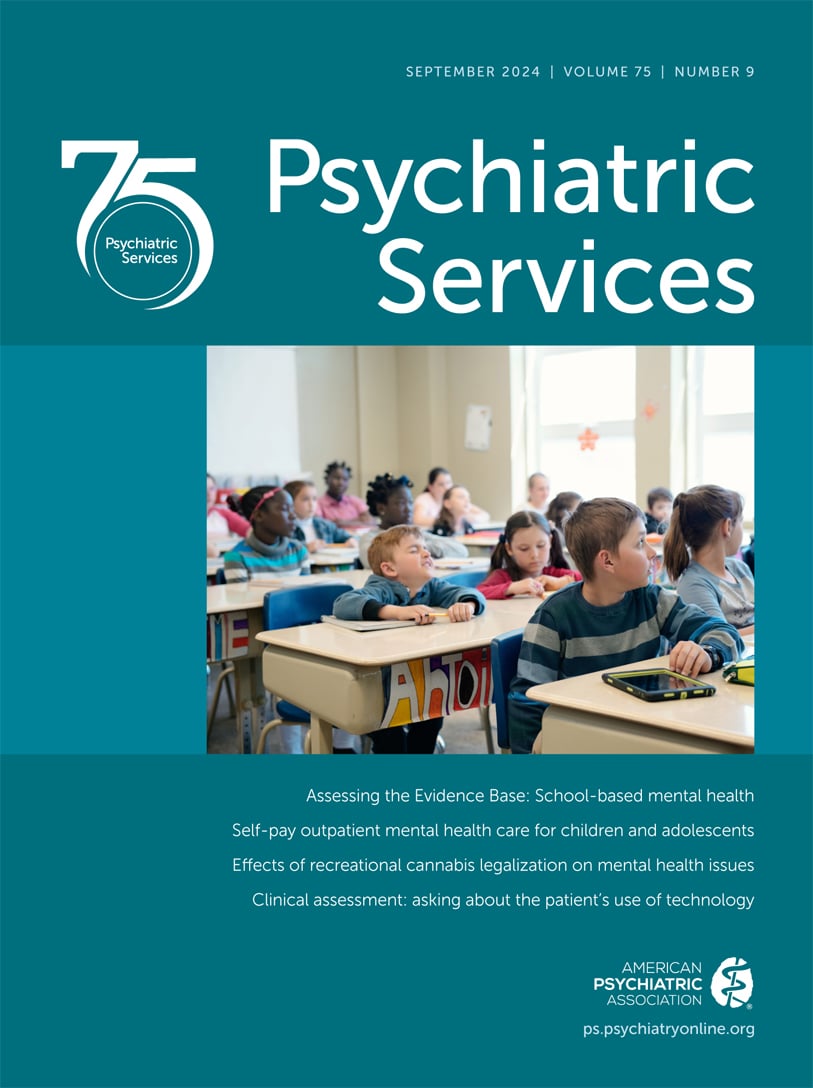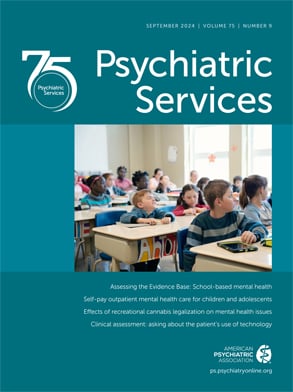Over the past 25 years, driven by ever-evolving technologies, the world has undergone a transformation in how people communicate. Society has moved from the analog age (television and telephones) to the digital age, with pervasive access to and use of computers and electronic devices as well as Web- and app-based social media platforms for work, communication, and other activities. Electronic devices, including smartphones, tablets, personal computers, and wearable devices, provide access to e-mail, work platforms, Zoom and other cloud-based videoconferencing programs, gaming systems, news and information apps, recreational apps, and social media platforms such as Facebook, Instagram, TikTok, and Twitter/X. Although such use is greater among youths and young adults who have grown up in the digital age, most middle-aged and older adults also participate. About four billion people use digital devices to get information, work, or meet their social needs. The COVID-19 pandemic was a catalyst for enhancing use of these technologies and likely increased these numbers (
1). Nonetheless, use of digital media by people with mental health problems is often not assessed during psychiatric evaluations.
Electronic Devices, Social Media, and Mental Health
Concern has arisen about the consequences of digital media use for human development and personal, occupational, and social functioning. Some studies (
1–
4) have suggested a link between social media use and mental health difficulties due to social comparison, normalization of self-harm behaviors, and negative interactions, such as cyberbullying. In her book
Generations (
3), Jean Twenge points out correlations between a significant uptick in anxiety and depressive disorders among teens and young adults with the advent of widespread social media use beginning in the mid-2000s. Researchers have identified potential risks of excessive use and new forms of “addiction” to social media use, with such excessive use being associated with negative consequences such as sleep dysregulation and impaired functioning. Other studies, such as Maza et al. (
5), show that habitual social media use during adolescence may be associated with neurodevelopmental changes in the brain’s sensitivity to social rewards and punishments.
Research has also identified positive effects of digital media use. These benefits include helping to facilitate social interactions for individuals at risk for impaired social functioning (e.g., autism spectrum disorder and schizophrenia spectrum disorders), providing access to peer networks to share information and personal experiences regarding living with mental illness or stigma, tracking health indicators, and promoting telehealth-mediated engagement with mental health care providers and mobile apps (
6). Findings of a randomized controlled trial (RCT) by Quinn (
7) indicate that older adults who receive social media instruction and engagement as interventions show improvements in cognitive domains compared with individuals in a control group. Additional positive aspects of social media use include improved self-concept and happiness, involvement in global and local communities, promoting personal growth, and reducing stress by providing users access to wellness apps and entertainment (
8).
Psychiatric Assessment of Digital Media Use
Although researchers have explored an array of questions about the sequelae of digital media use, surprisingly little attention has been given to routine psychiatric evaluations of patients’ use of such media—and how such use may affect patients’ lives. For example, using an online survey of mental health clinicians (N=99) and youths ages 14–24 years (N=320), Rifkin-Zybutz et al. (
9) found that although discussion of technology use was considered important by both clinicians and youths, only 49% of clinicians routinely asked about technology use and only 24% had received training in taking a history of such use. Of the youths who were asked about their digital media use, 58% reported that the inquiry was unhelpful, most often because the youths felt misunderstood or judged by clinicians. Helpful experiences reported by youths included discussions that allowed them to gain insight into how digital media use can affect mental health both positively and negatively. Some data suggest that digital media use can be equally important in the lives of older adults (
7). During psychiatry residency, a lack of emphasis on the importance of exploring the role of digital media use in the lives of patients likely contributes to this information not being regularly integrated into taking a patient’s history.
Given the prevalence of digital media use, inquiry about such use should become an expected component of the psychiatric evaluation. Clinicians should use a nonjudgmental, collaborative approach in understanding the role of digital media in the patient’s life and assess the potential for pathological use (
2). Whether positive or pathological, the nature of digital media use is relevant to understanding a patient’s lifestyle and activities in much the same way that it is important to assess a patient’s occupation, functioning, and general activities. The framework we propose includes a review of key elements from five previously validated instruments (mostly among people ages 12–29) that have been used to measure problematic patterns of digital media use (e.g., mood modification, tolerance, preoccupation, interpersonal conflict, and escape). (The
online supplement to this Open Forum contains information about the background and reliability and validity of these scales [
10–
14].) We emphasize that measurements should focus on aspects of quality of digital media use, including emotional and behavioral consequences, rather than simply the quantity of use (
1). It is also important to clearly define what is meant by digital media, because some researchers have included e-mailing and gaming in definitions of social media use, whereas others have considered only time spent on social networking sites (
15).
The evaluation can start by asking broadly about the purpose of digital media use, broken down into the following eight domains: work-related activity, including the use of e-mail (and whether patients receive notifications on their mobile devices and have separate work and personal phones); school-related activities; social connection and communication; hobbies and artistic expression; seeking of news-related information (e.g., on television or computer or mobile devices); gaming; gambling; and pornography. Then the mental health provider can ask about the amount of time spent on each type of device or digital media platform: watching programs and videos on computers, television, or mobile devices; using gaming devices; accessing social media or dating apps, including Facebook, Twitter/X, WhatsApp, LinkedIn, Instagram, or Tinder; communicating via videoconferencing; and using news apps or other sources of online news and information, such as YouTube, Zoom, Teams, WebAssign, and Blackboard.
Once clinicians gain a better understanding of what media sources and electronic communications their patients are using, and for what purposes, and how much time the patients spend on each of them, the clinician can ask follow-up questions. How are the platforms utilized? Does the patient post content, read or watch others’ content, or post comments or likes? How does the use of these platforms affect the patient’s well-being? During the exploration of symptoms of mental illness, clinicians should inquire about symptom expression while online (e.g., media use or social interactions that could be characterized as being symptoms of mania, psychosis, or personality disorders). (For more details, see Table S1 in the online supplement, which extracts topics from a range of previously validated social media rating scales to elucidate key elements of problematic social media use.) Do patients become distressed when not connected to electronic devices? How do they spend their time when they are not on devices, and does the time spent on digital media interfere with other activities, social and occupational functioning, and mood? What is the quantity and quality of online relationships?
A clinician may also find useful knowing what time of day patients are using their devices or platforms (e.g., during work or in the middle of the night), whether digital media use changes over time, whether certain situations prompt a patient to use these media (e.g., watching TikTok videos when stressed, lonely, or unable to sleep), and whether family members or friends have commented on the patient’s use and what effect this feedback has had on the patient. Given evidence in the literature suggesting variable effects of social media use on adolescents (
5) and older adults (
7), an inquiry that takes the above information into account may be helpful for clinicians in crafting a more targeted approach for assessing digital media use.

